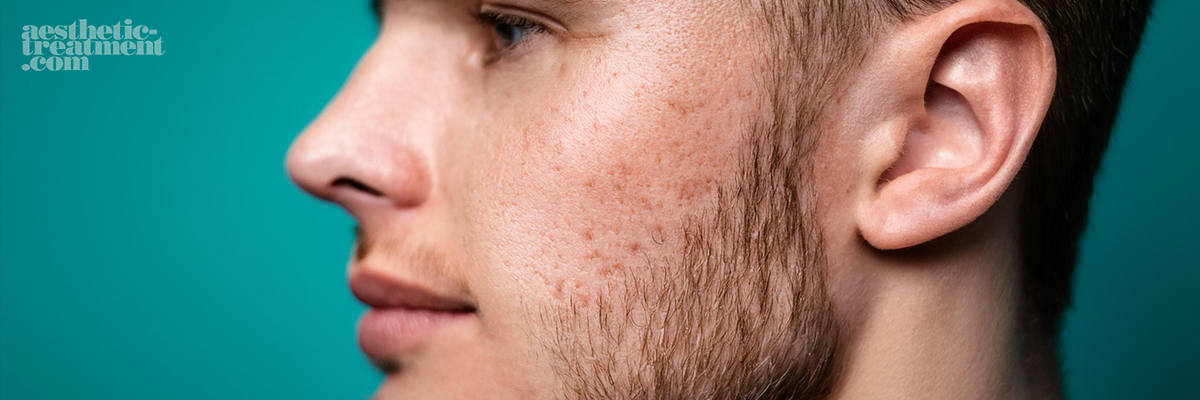How Microneedling Works for Facial Scarring
Breaking Down Fibrous Bands Atrophic scars are typically anchored to the underlying tissue by fibrous bands. These bands pull the skin down, creating the characteristic depressions or indentations. Subcision involves inserting a fine, specially designed needle under the skin to cut through and release these fibrous bands. By severing these attachments, the skin is freed to lift up, which helps to level out the depression and improve the appearance of the scar.
Formation of New Collagen As the needle moves through the skin during subcision, it creates controlled trauma in the underlying tissue. This triggers the body’s natural wound-healing response, which involves the production of new collagen. Over time, this collagen helps to fill in the space left by the depressed scar, leading to a smoother and more even skin texture. The stimulation of collagen production is one of the key benefits of subcision, as it provides both immediate and long-term improvements in the appearance of scars.
Use of Fillers In some cases, subcision may be combined with the injection of dermal fillers to further enhance the results. After the fibrous bands have been severed, a filler can be injected into the area to provide additional volume and support. This combination approach can lead to more pronounced and longer-lasting improvements, especially for deeper scars.

